Roni Horn: Identity and Place in Iceland
by admin ~ April 8th, 2009
An extensive website of photos, lectures, visual displays, installations, museum exhibits, bibliography, and more, Vatnasafn/Library of Water is a flash media presentation by renown artist and photographer Roni Horn detailing her travels and art work in Iceland over the last 30 years. “Each volume is a unique dialogue addressing the relationship between identity and place. The books take as their starting point Iceland and the evolving experiences of the author in this country.” The Tate Modern in London is hosting a 30 year retrospective of Horn’s work (here and here), and Stykkishólmur, Iceland is the location of a major part of the collection, a series of 24 glass tubes containing columns of glacial water, titled “Library of Water” (here and here). The site takes some time to explore, and is well worth an extended tour and visit.
Horn began traveling to Iceland in 1978 after receiving the Alice Kimball Traveling Fellowship from Yale. From her biography:
Over the years her mostly solitary experiences in the more remote landscapes of Iceland have become a key influence in her life and work. In 1982 Horn spent two months in a lighthouse in Southwestern Iceland where she produced the Bluff Life drawings and Untitled (Dyrhólaey) series presently in the collections of MOMA, NY and Kunstmuseum Basel, respectively. Horn’s earliest work is conceptually based sculpture with a minimalist edge. Literature has been a strong influence in her work, one that is especially evident in her sculpture. Emily Dickinson (Key and Cues, 1994-2004) and Clarice Lispector (Rings of Lispector (Agua Viva), 2004) are prominent among them.
Horn has received numerous awards and recognition for her work from the Guggenheim Foundation, National Endowment for the Arts, Herb Alpert Foundation, Whitney and Venice Biennales, and many others.

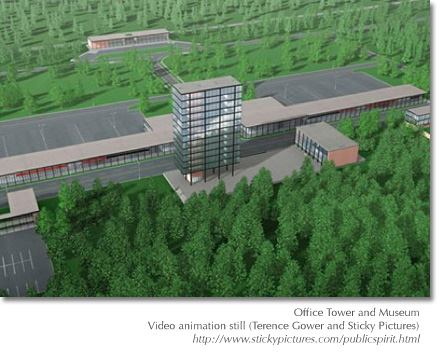


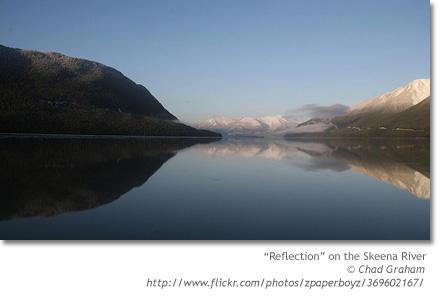
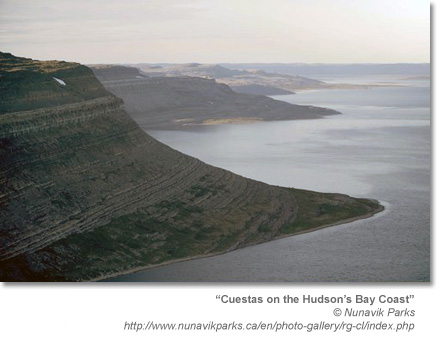
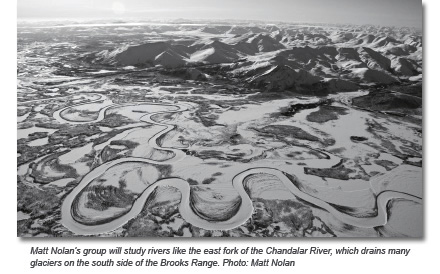
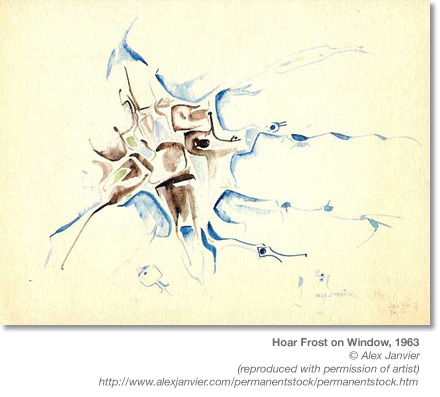

.jpg)